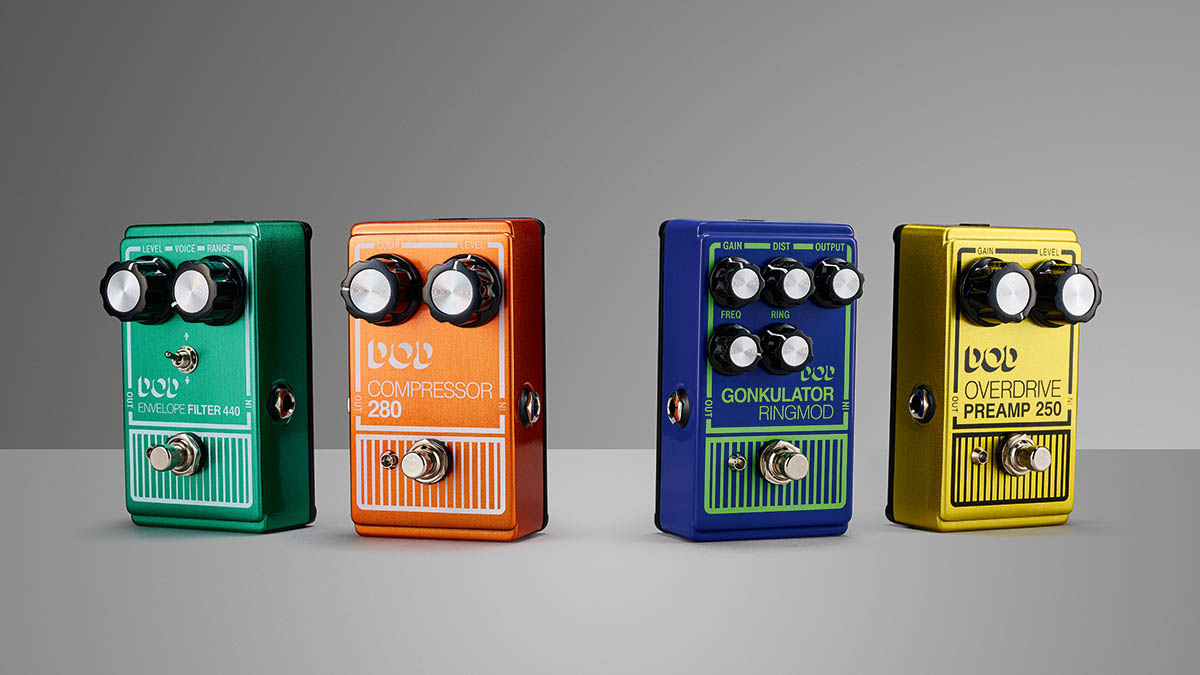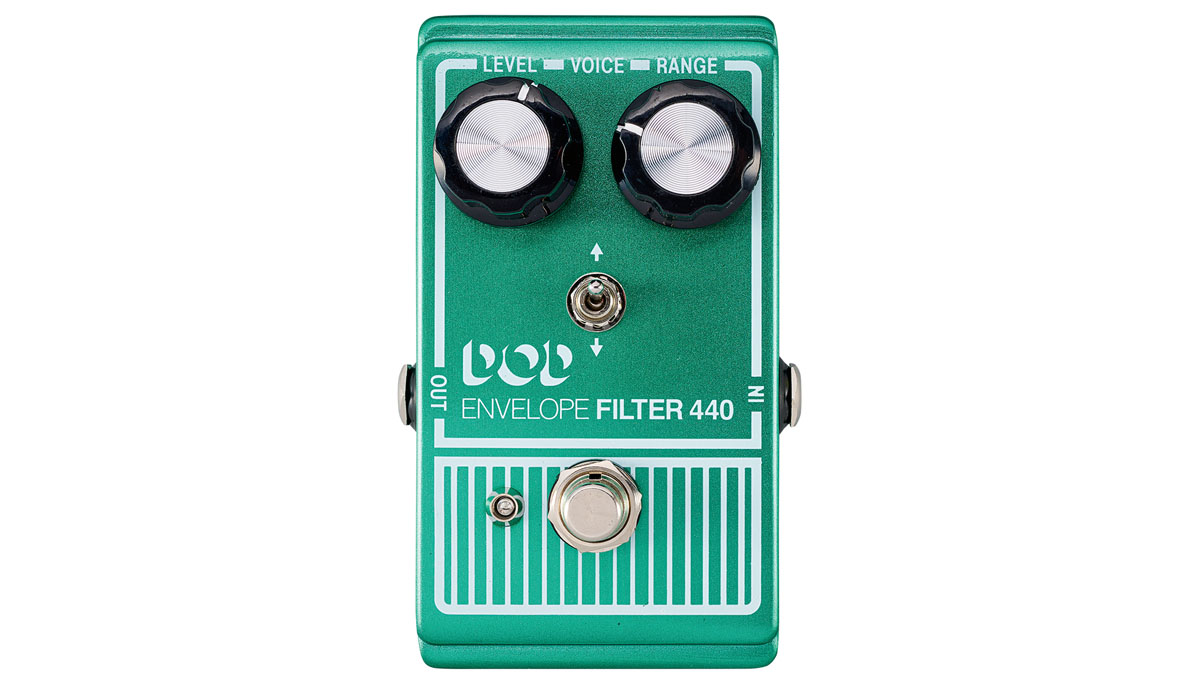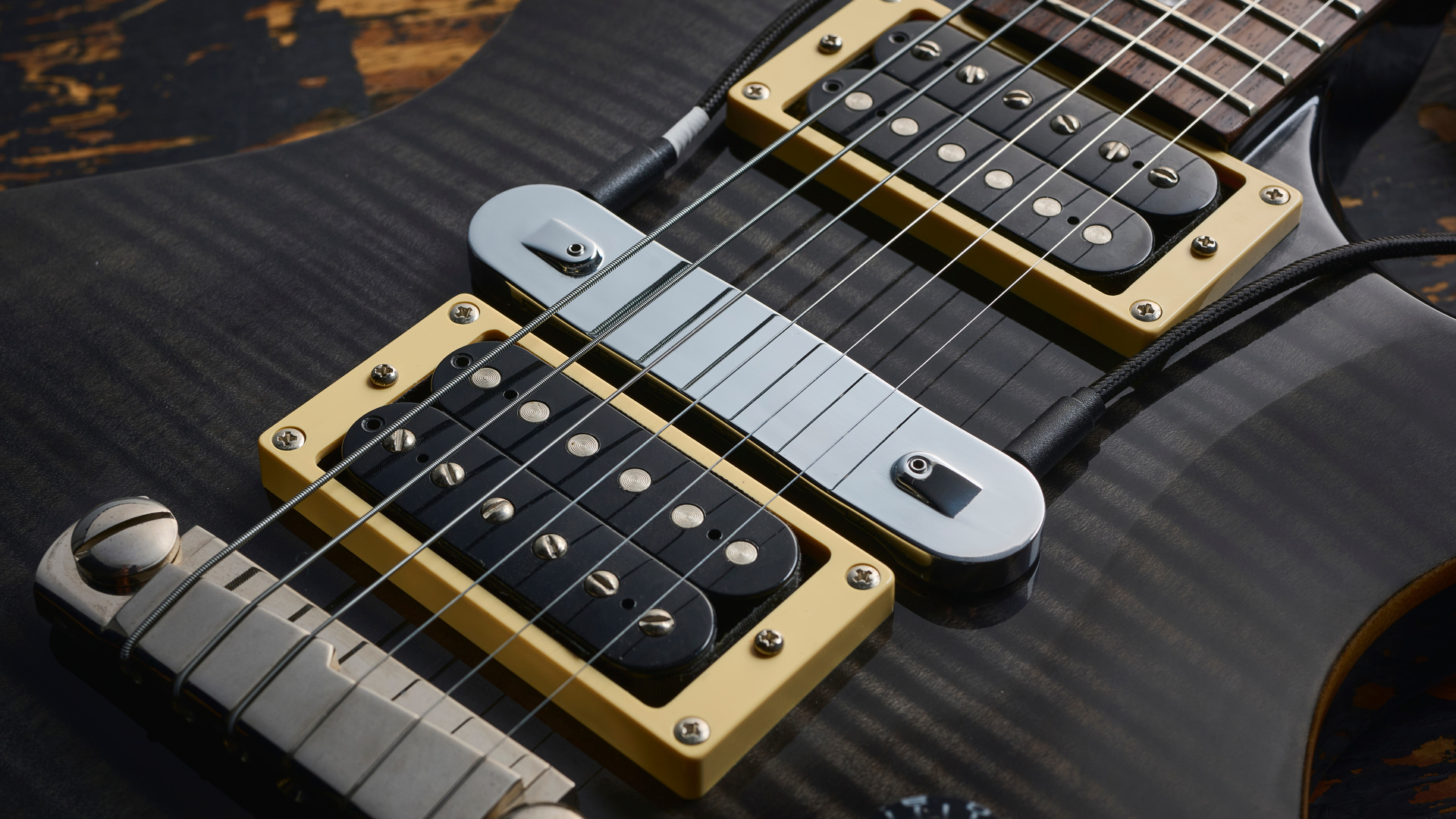Guitar World Verdict
The 440 is a good value, dynamic-sounding envelope filter, with a lot going for it if you’re a bassist looking for some new tones.
Pros
- +
Simple control setup.
- +
Plenty of depth.
- +
Works nicely with a fuzz.
Cons
- -
Might be best for bass guitar.
You can trust Guitar World
The Envelope Filter is one of the most enduring pedals from this era of DOD, simply due to its wide availability. Envelope filter and auto-wah on guitar is an effect that is niche by design.
Most players who use filter effects tend to stick to the expressive capabilities of the wah pedal. That said, there’s always the odd player who prefers the more synth-like, locked-in sweep of an envelope filter.
The controls here are deceptively simple. The level control is for the sensitivity of the envelope, or how it will react to your playing, and the range is the frequency range of the envelope sweep. There’s a lot of depth to be found between these two, and dialling them in for a sound that works for you will likely take some time and experimentation.
Like any synth-style pedal, there’s a strong sense that the Envelope Filter is designed more for bass guitar than guitar. Switching over to a bass with Jazz Bass pickups, it’s no surprise to find that it indeed does work well, particularly when paired with a fuzz.

The voicing control can be used to emphasise a different register in the sweep, making it work better for bass. Whether on bass or electric guitar, the Envelope Filter is incredibly sensitive to pedal order. This means you may have to re-jig an existing ’board to fit around it.
The most dramatic effects are to be had when all distortions, drives, and fuzzes are following it rather than in front. In front, they mess with the sensitivity and the result is often scratchy and weak.
With a decent distortion after it, the 440 comes alive. Dramatic drop tuned sweeps emphasise percussive hits, and the filter opening throughout a phrase can create attention-grabbing lead lines.
Specs
- PRICE: $129 / £105
- TYPE: Envelope filter
- CONTROLS: Level, Voice, Range
- SOCKETS: Input, Output, Power
- BYPASS: True bypass
- POWER: 9VDC Centre-negative or battery
- CONTACT: DigiTech
Alex Lynham is a gear obsessive who's been collecting and building modern and vintage equipment since he got his first Saturday job. Besides reviewing countless pedals for Total Guitar, he's written guides on how to build your first pedal, how to build a tube amp from a kit, and briefly went viral when he released a glitch delay pedal, the Atom Smasher.
Carlos Santana hospitalized following pre-show medical emergency
“I didn’t use any amps. The pedal that saved me was the Boss Super Overdrive”: How Yves Jarvis made 2025’s most exciting experimental record so far with a $50 Explorer knockoff and an unbelievably weird tuning
“Chess was cussin' when I got to the session with Muddy. But when he heard me, he just sat there with his mouth open”: Leonard Chess wanted to cash in on the folk boom, and asked Muddy Waters to bring him an old acoustic bluesman. He brought him Buddy Guy












